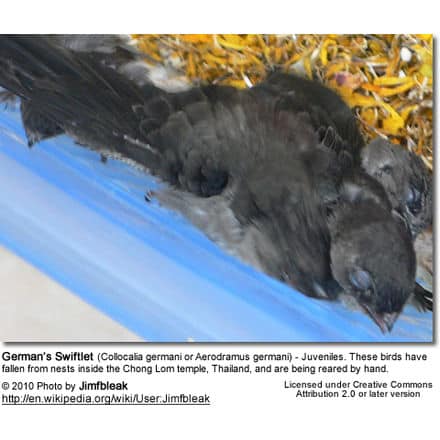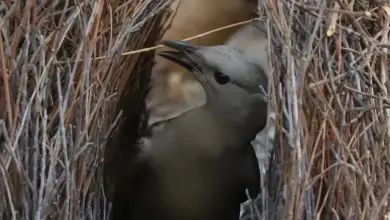Swinhoe’s Storm petrels or Swinhoe’s Petrels
Swinhoe’s Storm petrels, Oceanodroma monorhis also known as Swinhoe’s Petrel is a small seabird of the storm-petrel family Hydrobatidae.
Distribution / Range
It breeds on islands in the northwest Pacific off China, Japan and Korea. It nests in colonies close to the sea in rock crevices and lays a single white egg. It spends the rest of the year at sea, ranging into the Indian Ocean and Arabian Sea.
In 1983, a bird was trapped on the Selvagens, Madeira on the 8th July and was confirmed to be the first record for the Atlantic Ocean. Since then a number of storm-petrels exhibiting plumage and structural characteristics have been recorded at sea, principally in the North Atlantic, while birds were trapped during the summer months in France (1989), England (1989 [two birds], 1990 [with birds retrapped from 1991 to 1994]), Spain (1994), Norway (1996, 1997), and again Madeira (1991, 1994), Other than the east North Atlantic and the Mediterranean Sea a number of other individuals have been identified in the western North Atlantic.
One was photographed off Hatteras, North Carolina, on August 8, 1998, but this record was not accepted by the American Birding Association or the American Ornithologists’ Union as at-sea records are not usually entirely reliable due to identification difficulties (AOU 2000).
A second Hatteras record on the June 2, 2008, which was accompanied by excellent photos, is far more robust and would, pending acceptance, represent the first North American record of this species.
The records suggest that a small breeding population may have become established in the North Atlantic but as yet there has been no definitive proof.

Description
Swinhoe’s Storm petrels is a small bird, 18-21 cm in length with a 45-48 cm wingspan, but distinctly larger than the European Storm-petrel. It is essentially dark brown in all plumages, and has a fluttering flight, pattering on the water surface as it picks planktonic food items from the ocean surface. Unlike European Storm-petrel, it does not follow ships.
It most resembles in structure Leach’s Storm-petrel, with its forked tail, longish wings, and flight behaviour, but does not have a white rump and the call differs. It is difficult to distinguish from other all-dark Oceanodroma species, and the first English record had to be DNA-tested to eliminate the possibility that it was a Leach’s Storm-petrel, since populations of north-eastern Pacific Leach’s Storm-petrels contain individuals that show completely dark rumps.
This storm-petrel is strictly nocturnal at the breeding sites to avoid predation by gulls and skuas, and will even avoid coming to land on clear moonlit nights. Like most petrels, its walking ability is limited to a short shuffle to the burrow.
It is strictly pelagic outside the breeding season, and this, together with its remote breeding sites, makes Swinhoe’s Petrel a difficult bird to see from land. Only in storms might this species be pushed into headlands, but even then an out of range bird would probably defy definite identification.
Status
Widespread throughout its large range, the Swinhoe’s Storm-petrel is evaluated as Least Concern on the IUCN Red List of Threatened Species.


